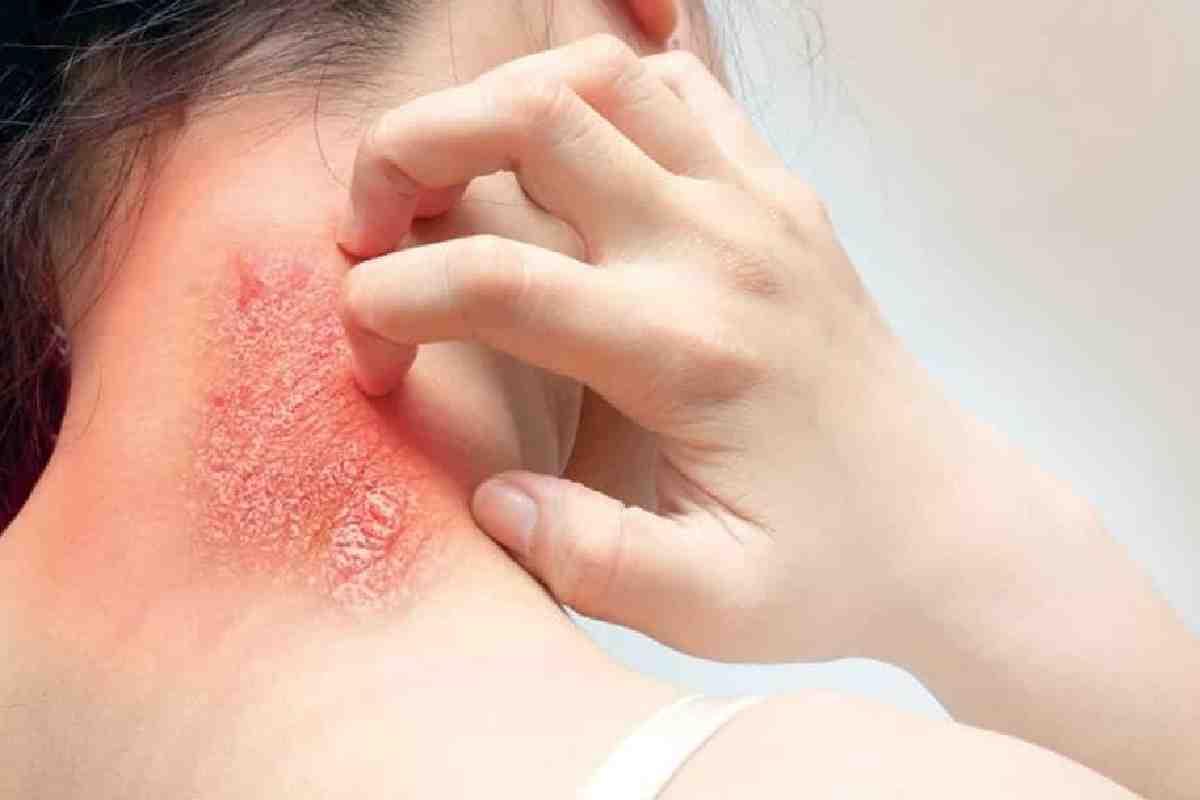Skin fungal infections are microorganisms that can cause mycosis in humans and can live permanently without causing an infection, although on certain occasions, it can develop. Skin fungi can become pathogenic and become dangerous to health and can occur after a weakening of the immune system. For this reason, fungal infections are more common in the hot season: humidity, heat, and staying in crowded places favour their increase.
Table of Contents
What are the causes and risk aspects of skin infection?
The cause of a skin fungal infections depends on the type of infection.
Bacterial skin infection occurs when germs enter the body through a break in the skin, such as a cut or scratch. Having a cut or scrape doesn’t necessarily mean you’ll develop a skin infection, but it does increase your risk of a weakened immune system. A weakened immune system can result from a disease or a medication’s side effect.
Viral skin infection: The most common viruses come from three groups: poxviruses, human papillomaviruses, and herpes.
Fungal infection: Body chemistry and lifestyle can raise the risk of a fungal infection. For example, you may experience several episodes of athlete’s skin if you are a runner or sweat a lot. Fungi often grow in warm, moist situations, and wearing sweaty or damp clothing is a risk factor for skin infections. A crack or cut in the skin can allow the bacteria to enter the deeper layers of the skin.
Parasitic skin infection: Tiny insects or organisms that burrow under your skin and lay eggs can cause a parasitic skin infection.
Symptoms of fungus on the skin
Some of the most common symptoms are:
- Dyschromia or altered skin pigmentation (white, red, or brown spots with raised, scaly edges)
- It can cause alopecia in the form of patches on the scalp
- Itching
- Inflammation and irritation
- Onychomycosis
- Dermatophytosis or ringworm of the body
- Athlete’s foot or ringworm of the foot: cracking, pain, and itching between the toes, raw skin, discolouration, and weakening of the nails.
- Malassezia
- Dermatophytes: causes pityriasis Versicolor, a superficial mycosis, called pityriasis Versicolor.
Diagnosis of skin fungus
- For the diagnosis of fungus on the skin, the specialist can resort to different tests, such as:
- Blood test.
- Sampling and analysis of skin scales, hair, and nail fragments for research in the laboratory.
- Fungal smear.
- Use of the Wood lamp that emits ultraviolet light and allows identifying the type of fluorescence of the fungus in question.
- Examination of a sample from a lymph node to identify the microorganisms causing the infection.
What are the causes of fungus on the skin?
The causes of the fungal attack can be several, but they are always related to the decrease in immune defenses:
- wrong diet
- Lack of hygiene
- Stress
- excess heat
- excessive sweating
- Wearing clothing that is too tight
- Prolonged use of immunosuppressive drugs, antibiotics, or cortisone-based medications
- Suffer from diseases that affect the immune system
Another possible factor that influences the appearance of fungi is associated with humidity, especially in the summer season, and the increase in habits such as: going to the pool, sports facilities, shared showers, etc.
Can they be prevented?
The truth is yes. Fungi can prevent, and for this, we name some of the measures suggested by the Spanish Academy of Dermatology and Venerology ( AEDV ) to avoid the appearance of fungal infection:
- Do not share personal underwear with other people.
- Use slippers in the shared showers of gyms, swimming pools, etc.
- Preferably use underwear, and clothing in general, made of natural fibers.
- Dry carefully after washing, especially in the wet areas of the body.
- Avoid taking drugs for prolonged periods. Use antifungal powders in footwear.
Skin fungus treatments
Treatments for this type of infection vary, depending on the fungus in question and the degree of irritation. The most common therapies are:
- Antifungal drugs will apply to the lesion.
- Antifungal pills are to be taken orally (for resistant fungi).
- Corticosteroid drugs to relieve itching.
- Medications for skin fungi.
Conclusion
There are several ways to reduce your balances of developing a skin infection. Frequent hand washing is one of the best ways. Skin infections can make choices from mild to severe. Make a selection with your doctor if you take a skin condition causing discomfort.
Also Read: Acne Scars – Types, Causes, and More

